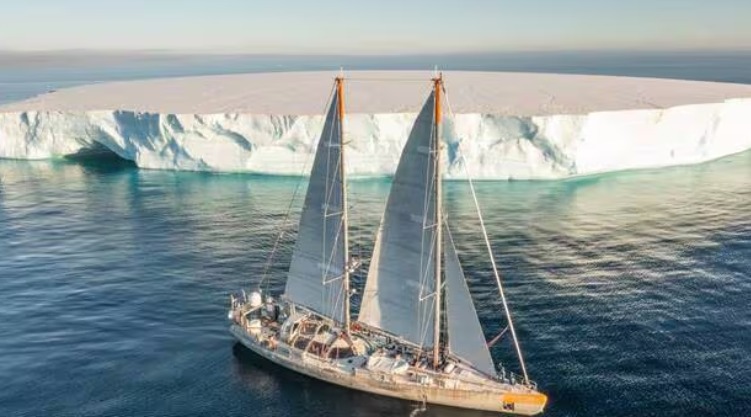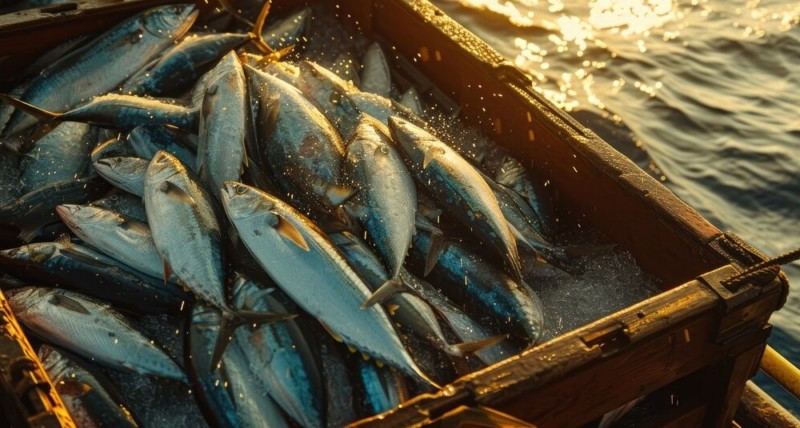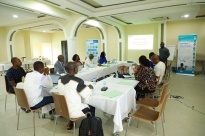The third United Nations Ocean Conference (UNOC) is on the horizon. It will take place in Nice (Alpes-Maritimes), from June 9 to 13, 2025. One of the key topics in efforts to better protect the world’s marine areas is the integration of science into public policymaking and the dissemination of scientific knowledge to the general public. Several initiatives supporting this goal will be presented.
The stakes surrounding the oceans are immense. Marine areas act as climate regulators, havens of biodiversity, and unfortunately, are also zones of significant pollution.
Public policies on ocean-related issues are therefore crucial in the coming years if we are to effectively combat climate change and protect biodiversity. But to shape effective policy, one must first understand the issues and potential solutions. Scientists now aim to play a stronger role as a driving force, encouraged by Olivier Poivre d’Arvor, Ambassador for the Poles and Oceans and Special Envoy for UNOC 2025: “The ocean cannot be governed by opinions, but by data.” Several initiatives in this direction will be showcased.
IPOS: A Tool at the Service of States
To better assist countries in reaching their ocean and environmental preservation goals, the International Platform for Ocean Sustainability (IPOS) will be officially launched at the Nice summit. Its first submitted “question” will be accepted in September 2025, with results expected by the end of the year. The idea is to provide a tool that offers concrete responses to governments worldwide.
“The ocean is in bad shape, and states have committed to protecting it. But to act, they need access to knowledge,” explains Maxime de Lisle, coordinator of the initiative.
In practice, a country will submit a query to IPOS. The scientific community will examine the issue and deliver a synthesis of current knowledge within a few weeks—and within a year, recommendations for action.
Ocean Digital Twin Takes Another Step Forward
First announced during the One Ocean Summit in Brest (France) in 2022, the digital twin of the ocean will take a leap forward at UNOC. A prototype will be unveiled during the event. The project’s goal? To monitor, in real-time, what is happening on, in, and beneath the sea, in order to better predict climate risks with unprecedented accuracy. Earth already has digital twins enabled by AI technologies—soon, the ocean will have one too.
Space and Ocean Join Forces
Another initiative emerging during the international conference is the Space4Ocean Alliance. This partnership seeks to bridge the gap between space and ocean research, as described by Selma Cherchali, project lead at the French National Centre for Space Studies (CNES).
“Our objective is to close gaps in space-based observation and to develop science that informs future action,” she says. The goal is to apply space observation tools to deepen our understanding of ocean processes and thus contribute to designing better ocean protection policies. The ambition is to scale up existing strategies and give them global reach.
Starfish: A Public Outreach Tool
Another project, this time aimed at journalists and the general public, is the Starfish Barometer. It would be published annually on June 8, World Ocean Day, to report on the latest developments in ocean science. Among the twenty or so topics covered each year: maritime transport’s CO₂ emissions, the percentage of overexploited fish stocks, and the economic toll of storms and floods.
Universities Mobilize for the Ocean
Finally, universities have announced strengthened collaborations, which will be formalized on June 7 with the organization of the first International Forum of Marine Universities, held on the sidelines of UNOC. This event comes at a time when North American science faces political pressure at home—indeed, the United States has yet to confirm its participation in this major international gathering.




